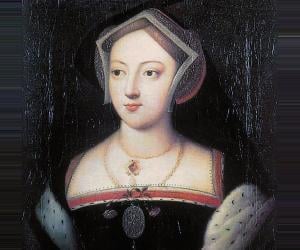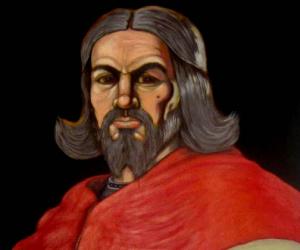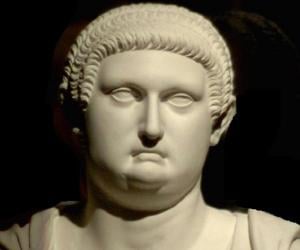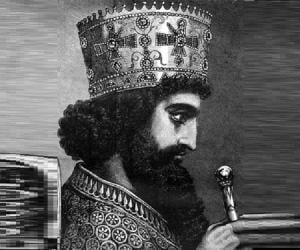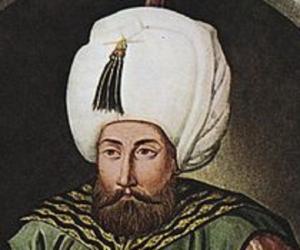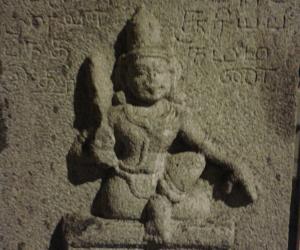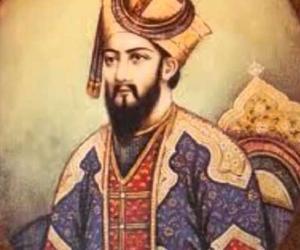Born In: al-Eizariya, Palestine
Lazarus of Bethany
Lazarus of Bethany is a biblical character who appears in the Gospel of John of the New Testament. He lived in Bethany, near Jerusalem, with his sisters, Martha and Mary. He and his sisters were quite close to Jesus. When Lazarus died of an illness, Jesus was called by his sisters and eventually resurrected him from the dead. This caused a lot of priests to connive against Jesus. Though the Bible does not contain any information about Lazarus’s later life, various religious traditions mention different versions of his life and death after the resurrection. He is often confused with the beggar named Lazarus in the parable of the “rich man and Lazarus” from the Gospel of Luke. He is venerated by various religious institutions and is also known as Saint Lazarus or Lazarus of the Four Days.

